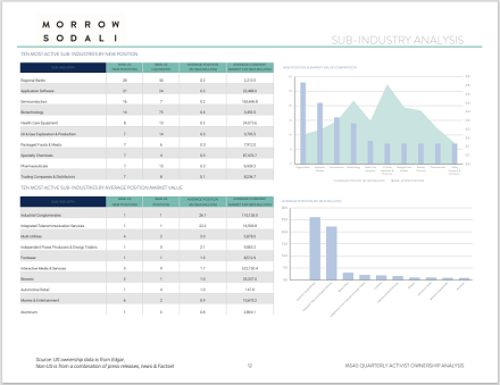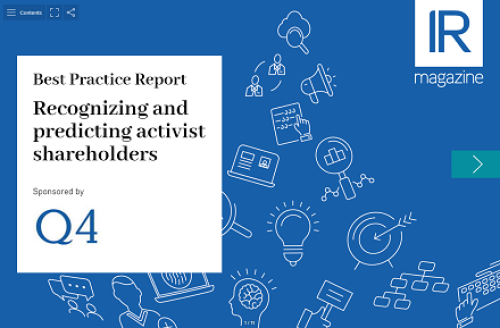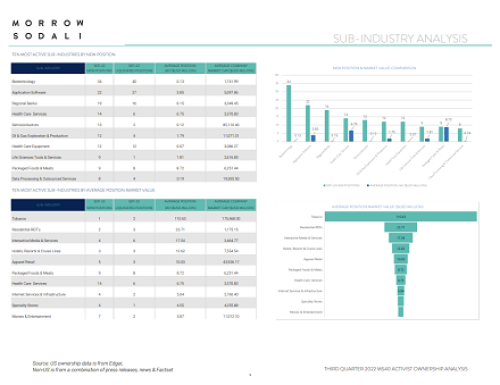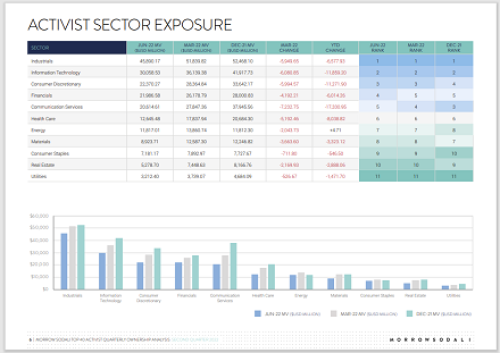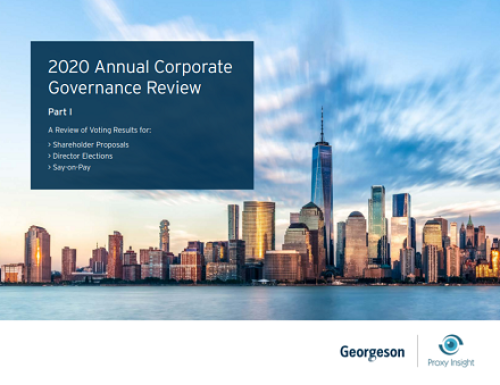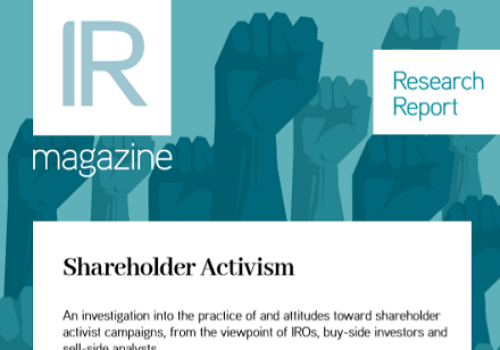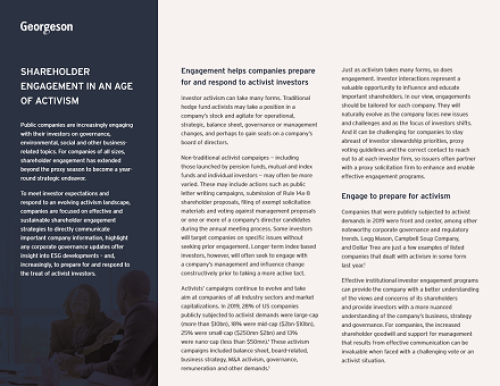Make sure you have a ‘break glass in case of emergency’ plan to actively talk to your shareholders when – not if – activist investors buy into your company’s stock. Maintain a cohesive sense of all your company’s interactions with investors and be vigilant in your monitoring.
These were all tips given by a panel of experts in the latest IR Magazine Webinar, now available to watch on demand.
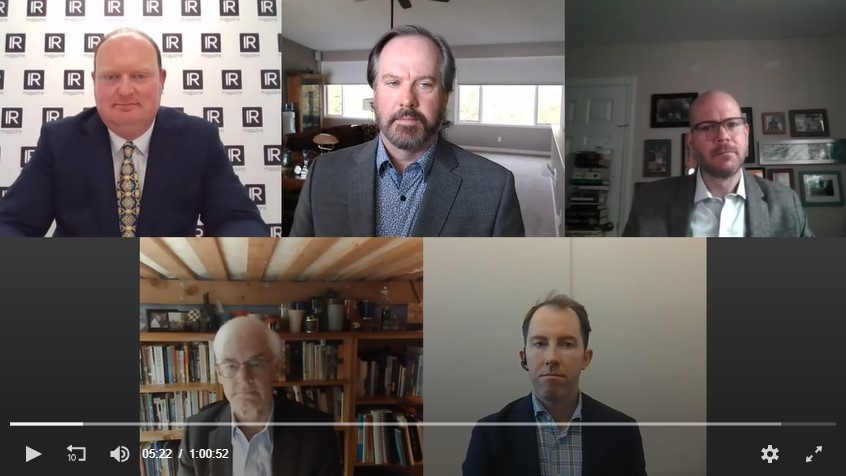 Panelists said they were seeing an increase in awareness and willingness among activist investors to use different strategies and tactics, whether that meant going after a company in a full proxy fight, an exempt solicitation or a vote-no campaign or even a shareholder proposal to push for a sale of the company. In turn, IROs have to be ready for anything, the panel warned.
Panelists said they were seeing an increase in awareness and willingness among activist investors to use different strategies and tactics, whether that meant going after a company in a full proxy fight, an exempt solicitation or a vote-no campaign or even a shareholder proposal to push for a sale of the company. In turn, IROs have to be ready for anything, the panel warned.
Chip Newcom, IR director at Equinix, urged IR teams to do the groundwork in advance to engage with activist investors. IR professionals should already be developing trusting relationships with their key stakeholders, both internally and externally, and that ‘good hygiene’ will put them in a position of strength, he said.
Ed Greene, managing director of Georgeson, recommended IROs work across silos as part of their activist investor engagement strategy. ‘If your corporate secretary team or counsel team has had stewardship engagements with some of these groups, you’ve got to make sure the IR team knows that and vice versa,’ he said. ‘If someone asks a question after every earnings call, bring that back to the broader engagement team so people can know the different sides of the whole we’re talking about.’
Market volatility could ferment activism
Being proactive when it comes to best practices for engaging with activist investors is key for Q4, said Mike Coffey, vice president and head of global partnerships and alliances at the IR service provider. He said the market is likely to be ‘bumpy’ for the foreseeable future and predicted that underperformance will lead to additional campaigns.
 ‘Be vigilant around your monitoring of engagements analytics,’ he recommended. ‘We’re hosting more and more events; use the data that comes from your investor day, earnings events, ESG days and your website as a precursor to a potential activist. You want to be ahead of the game so you’re not caught off guard when Nelson Peltz calls your CEO. Hopefully you’ve been following this, have some tactics down and are engaged with the right folks to take this head on.’
‘Be vigilant around your monitoring of engagements analytics,’ he recommended. ‘We’re hosting more and more events; use the data that comes from your investor day, earnings events, ESG days and your website as a precursor to a potential activist. You want to be ahead of the game so you’re not caught off guard when Nelson Peltz calls your CEO. Hopefully you’ve been following this, have some tactics down and are engaged with the right folks to take this head on.’
Jim Rossman, co-head of capital markets advisory at Lazard, said the ‘companion piece’ to the ‘break glass in an emergency’ plan is a vulnerability assessment by a financial adviser. ‘Use your financial adviser to do an annual physical that is across the things activists scream for – performance, relative performance, management, capital allocation –and have management and the board take an honest look at their vulnerabilities,’ he suggested.
Rossman added that the next step would be to take a hard look at that assessment and ask where an activist could exploit it: ‘What are the vectors and what does it sound like? Do your annual vulnerability assessment – you’ll be much better positioned.’


